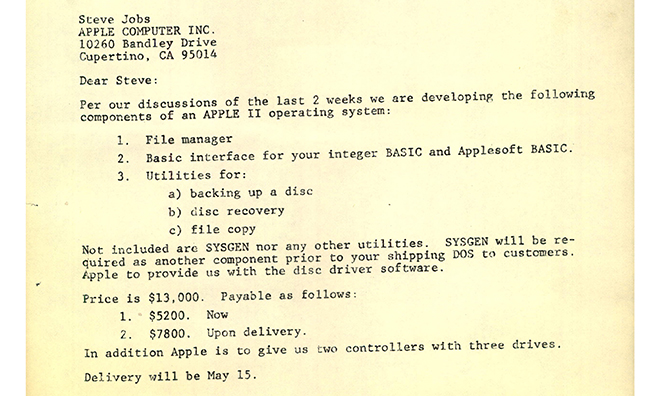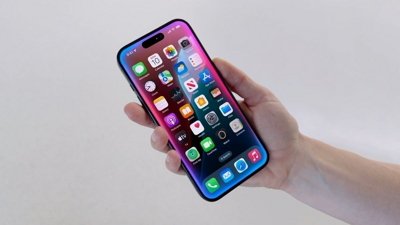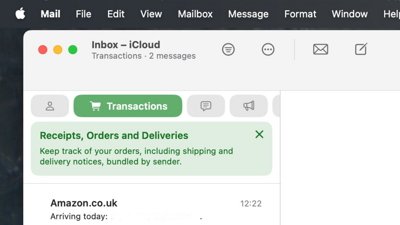Thanks to a collaboration between two vintage computer museums, the Apple II DOS source code, widely regarded as the seed that sprouted Apple as we know it, has been made available to the public.
The Computer History Museum, with the help of DigiBarn Computer Museum, posted to its website on Tuesday the Apple II disk operating system for non-commercial use. Apple gave consent to the publication as the company still owns the code.
The Apple II was a fully-assembled personal computer with a number of advanced features like a built-in BASIC programming language, compatibility for an external monitor and various modes of input. However, the machine lacked a disk drive, meaning programs and data had to be stored and retrieved via cassette tape.
Apple cofounder Steve Wozniak created a floppy disk controller for the Apple II in 1977, but needed a DOS to access and organize the associated programs and data. That task was handled by contract programmer Paul Laughton, who at the time worked for Shepardson Microsystems.
In 1978, Steve Jobs inked a $13,000 deal with Bob Shepardson to provide a file manager, BASIC interface and utilities, with a delivery date pegged for some seven seeks later. Laughton said he had to write the DOS on punch card sheets, which were assembled and made into a paper tape able to be read by a plug in card created by Wozniak. The process was repeated throughout debugging and updating.
After just a few weeks of coding, Apple II DOS 3.2 was released in June 1978.
The source code can be downloaded via The Computer History Museum's website, while documents relating to the software, including schematics and business agreements, can be found on DigiBarn's site.
 AppleInsider Staff
AppleInsider Staff








 Malcolm Owen
Malcolm Owen

 Amber Neely
Amber Neely

 Wesley Hilliard
Wesley Hilliard


 William Gallagher
William Gallagher









42 Comments
To me something that has been missed, if you visit and note Paul Laughton's reference in two photos, is the age of folks in Software Engineering and Computer Science, back then. They were grown adults who had families and other careers, etc. Without those academics with maturity behind them through life experience we'd have nothing but pissant Facebooks of the globe. The real weight of Computer Science has always come from people 40 years of age. Some really great ideas from the 15-39 crowd, but the heavy lifting has always come from much more seasoned minds.
Nice to see Apple going the open source route.
The cool kids moved on to ProDOS 16 a long time ago. /s
Finally! Now I can go back in my time machine and sell this to Laughton for $10,000, buy some stock, and sit back and watch the miracle unfold.
Will this run on my 2011 MacBook Air?